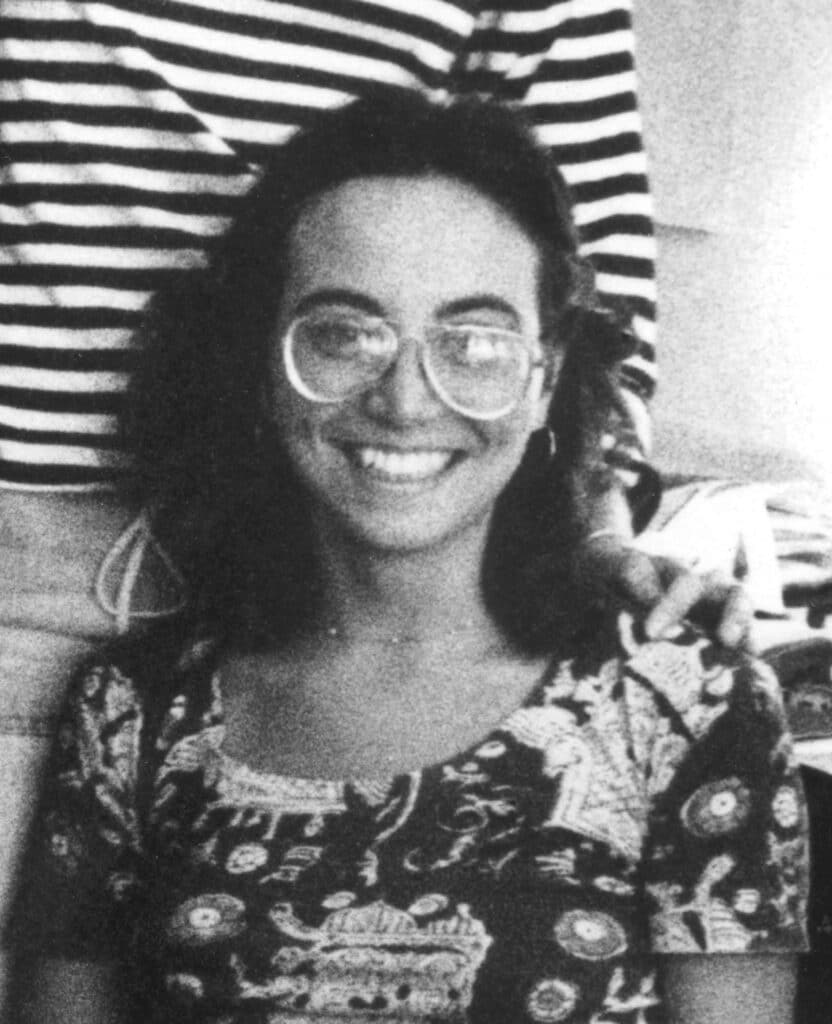In 2004, McNally joined the Times as director of photography, becoming the first photo editor in its history to be listed on the masthead. “In her first year at the paper…. she has challenged all of us to look at the whole range of what photography can do, to be less conventional in our choices and use of pictures, to open our eyes and open our minds,” Bill Keller, then executive editor, wrote in a memo announcing her promotion to assistant managing editor in 2005.
“She was a transformational figure in photojournalism,” said Dean Baquet, current executive editor of the Times. “She walked into newsrooms where photography had taken a back seat for too long, and forced it into the fore.”
During McNally’s 14-year tenure, the Times won six Pulitzer Prizes for photography, as well as George M. Polk Awards, Overseas Press Club honors, Emmys, and other citations for photography. In 2014 alone, the Times swept the Pulitzer Prizes, with the breaking news photography award going to Tyler Hicks for his coverage of a deadly terrorist attack on a Nairobi mall and the feature photography prize going to John Haner for his work documenting a Boston Marathon bombing survivor’s grueling recovery process.
“For me it’s a symbol of what we do at the newspaper as a whole — the best of foreign reporting and the best of our enterprise,” McNally told the Times’ Lens Blog. “It is recognition that our photojournalism is on par with the quality of The New York Times’s reporting, which is the best in the world.”
A Pivotal Force
From the start, Michele McNally was committed to elevating photojournalism to reach the same bar held by writers and reporters at the Times. McNally understood that images could both attract readers as well as tell stories on their own, making her a pivotal force at the paper and its burgeoning website. In a 2006 Times feature, responding to reader questions, McNally recognized the possibilities the digital media just as it was coming to the fore “There are great photographs every day that we simply can’t fit in the newspaper and the Web is virtually unlimited,” she said.
With the knowledge that the best news photographs work on multiple levels at the same time, McNally sought to bring forward images that had historical, sociological, emotional, and aesthetic resonance. But that the same time she recognized that although a picture speaks a thousand words, credible journalism required more. “I believe that words and pictures combined together are better than either alone,” she said. “I find the best overall reporting occurs when a reporter and photographer work closely together on a story. They can help each other out — each could see or hear something that the other doesn’t.”
Humble Beginnings
“I fell in love with visual journalism when I was a teenager growing up in Brooklyn,” Michele McNally said in 2006. Born Michele Angela Fiordelisi on June 25, 1955 to a working-class family, McNally was drawn to the work of photographers including Henri-Cartier Bresson, WeeGee, and Diane Arbus. After seeing an exhibition of Josef Koudelka’s Gypsies work, McNally was fully committed.
“These pictures showed me what documentary photography could do: to bring you an intimate view of people and places, take you where you have not been, teach you something, and ultimately make you feel,” she said. “Photography could bring home the diversity and commonality of humanity — its joys and flaws. It is a great medium for clarifying what people do, and what they do to each other.

After a brief stint at the audio and video division of the Brooklyn Public Library, McNally got her start in photography working as a sales representative for the Sygma Photo News agency in 1977. Eliane Laffont, her first boss at Sygma, remembered Michele McNally as “a giant in a tiny body — very blunt, very fast, very street smart, a bundle of energy.” McNally went on to work for Time Life’s Magazine Development Group before working as picture editor of Fortune magazine from 1986 to 2004.
Meaghan Looram, who succeeded McNally as director of photography at Fortune, told the Times, “She proceeded to teach me everything I know about visual editing, about the art of making an inspired match between photographer and story, about coaching photographers and editors into discovering their own excellence, and about managing people with empathy and compassion.”
Curious, Persistent and Gracious
Like many photo editors at major publications, Michele McNally was never a photographer. Instead she, like many of her colleagues, got her training by studying a connected discipline like art history, anthropology, film, or communications. Working at a photo agency, then later a magazine and newspaper, helped McNally hone her eye, developing the resources to sift through vast amounts of photography, and intuitively responding to those that check all the boxes.
As a picture editor, McNally was uniquely poised to share the benefits of her wisdom with a new generation of emerging photojournalists. “The most important work a young photographer can do is existential. You must figure out what kind of photographer you want to be, what do you want to say and how are you going to do it better than others have done before you,” she told readers.
“Recognize that the career of a photojournalist is a difficult one personally, so you must love what you are doing. Be certain of your mission, but be prepared to constantly grow. Work hard, very hard. Be forever curious, persistent and gracious. When people let you into their lives, realize that it is a gift. Don’t let technical issues come between you and a great picture; make it second nature. Recognize the role of aesthetics in storytelling. And shoot, shoot and shoot some more.”
Cover image caption: Michele McNally, photo taken at the New York office of Sygma in 1974. Michele is 19 years old and Sygma is her first job © Jean-Pierre Laffont


